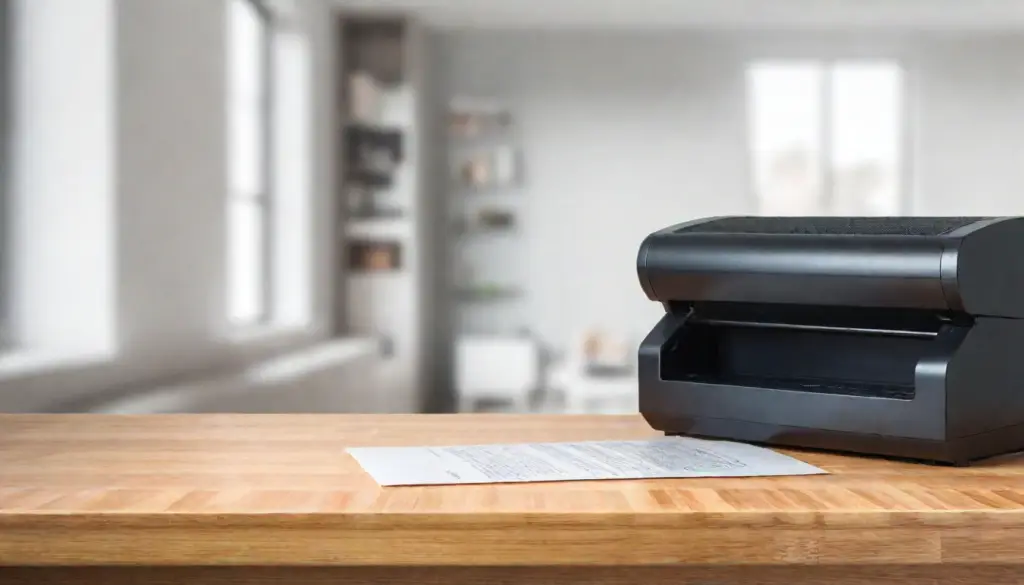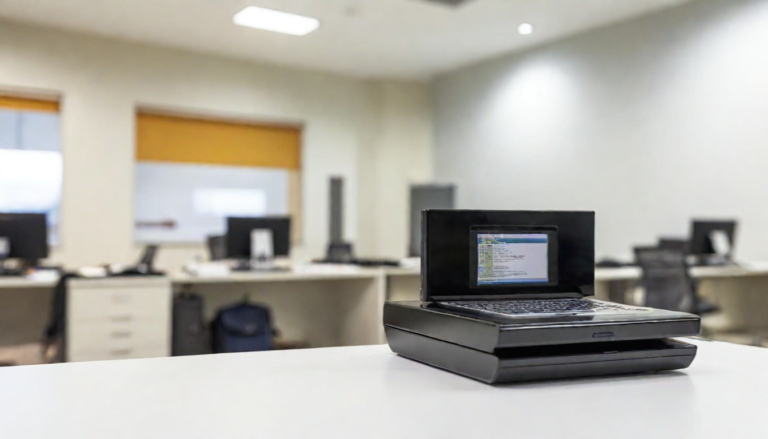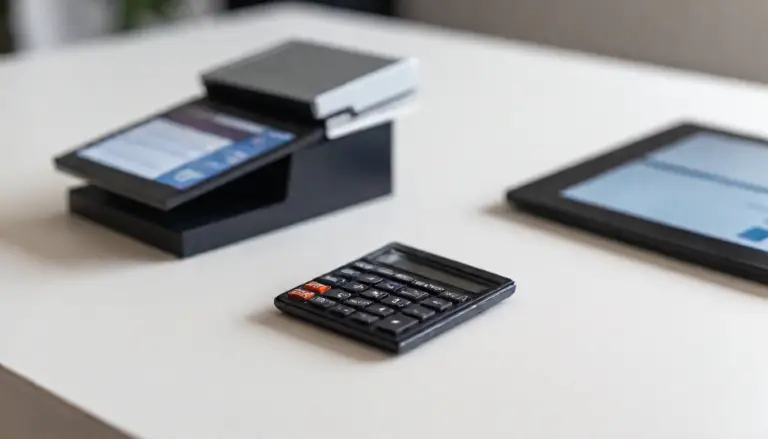Remote deposit capture is now an expectation for financial institutions to remain competitive. Business clients seek out FIs that offer RDC, as it streamlines the check deposit process for both parties. With RDC, organizations can deposit their checks electronically. Remote deposit ensures faster deposits, reduces customer friction, reduces human errors, and provides a better customer experience with less work for FIs.
Financial institutions seek to offer RDC for many reasons but getting started can be confusing. Today, we’ll explain the basics of commercial RDC for both financial institutions and businesses.
Financial Institutions
Set Up the Regulatory Aspect of RDC
The first step for financial institutions to implement an RDC program is to flush out the general and regulatory processes. Your board will need to approve the original plan and review it annually. This supervision creates a regulatory base for risk management and goal measurement. Proper preparation also increases the likelihood of your implementation success. Aspects of RDC regulation to consider include:
- Program management
- Risk assessment
- Customer screening
- Monitoring and reporting
- Scanner procurement
Find a Software Provider
Your software provider will determine several other aspects of your RDC program, so it’s essential to complete this step towards the beginning of the process. This provider should be communicative and provide excellent customer support. You’ll also want to consider the check scanner models that the software supports, pricing, unique features, and opportunities to scale. If you need assistance with this process, reach out to experienced RDC practitioners to hep facilitate.
Decide How to Offer the Service
After you’ve gone through the RDC audit checklist and decided on a software provider, you should decide how to offer the service. For example, you’ll need to choose how to handle maintenance and check scanners. Will your financial institution take care of this for your customers? Or will it be your customers’ responsibility? The decision may depend on pricing and other factors related to your software provider. When you pay for the equipment, it may entice customers to utilize the service, but it could also become a significant expense for your FI. Consider how you will obtain the scanners, assign resources to scanner management, etc.
Choose Your RDC Scanners
If you decide to purchase the scanners, you’ll want to make sure that you provide the right scanner for each customers’ environment. Choosing a reliable scanner is critical for your program, but it’s hard to know where to start. Here are some questions to keep in mind when shopping for a scanner:
- Which scanners are compatible with your software?
- How many checks do you anticipate your customers scanning daily?
- Would you like the checks to be automatically endorsed?
- How reliable are the scanner models that you are considering?
We made a list of our favorite, reliable check scanners here.
Choose a Procurement/ 3PL Specialist
Another way to get the best RDC scanner possible is to work with a procurement specialist, sometimes referred to as a third-party logistics partner (3PL). As seasoned professionals, 3PL partners utilize extensive networks and resources to help you get the best equipment for your program at the best prices. While 3PL partners can help with all aspects of distribution, warehousing, and fulfillment, one of the best services to take advantage of is product sourcing.
Maintenance Support
No matter how great an RDC system you have in place, your fleet of check scanners will require repair and maintenance from time to time. In order to limit downtime and expenses, it’s crucial to have a plan to handle issues efficiently. The best way to ensure expedient, affordable repairs is to work with a maintenance support team. These professionals often offer multiple types of repair, with options for overnight replacements depending on your customers’ needs. With maintenance management, you can keep your customers happy and their equipment up and running. Additionally, once you have established a relationship with a maintenance organization, you can highlight it as a benefit when pitching RDC to your business customers.
Businesses
Speak to Your Bank
The first step to getting started with RDC for businesses is to talk with your financial institution. See if your FI offers RDC. If not, propose the idea to them, or consider moving to another commercial bank that does.
Get Details from the Bank
Once you are at a bank that offers RDC, find out the details of the service. What kind of software does the bank utilize? Which scanners are approved? Some FIs handle the purchase and maintenance while others leave these responsibilities to the business. Make sure you are aware of your duties in the arrangement.
Purchasing Scanners
If your business is in charge of buying scanners, seek out a vendor-neutral reseller to get a scanner that meets your needs. Don’t necessarily rely on the “best” option given by manufacturers. Since vendor-agnostic partners aren’t tied to any specific manufacturer, they can offer you a much more comprehensive range of options. Some vendor-agnostic resellers are even value-added resellers that sell an integrated product or turnkey solution. VARs add features or services to an existing product to provide the most value-packed option for your business. Ultimately, you’ll get unbiased support, lower costs, customized solutions, and a simplified process when you choose to work with a vendor-neutral reseller.
Maintenance Partner
If your bank handles maintenance and repairs, then you’re all set! However, you may be in charge of repairing broken scanners. If this is the case, it’s crucial to find a reputable maintenance partner for all of your maintenance needs.
There are two types of maintenance/ repairs you must be prepared for: preventative maintenance and break-fix repairs. Preventative maintenance keeps your equipment up and running, preventing more significant issues down the line. For example, check scanner cleaning and inspection based around a specific metric (# of scans) would be considered preventative maintenance. While preventative maintenance minimizes unscheduled repairs, it can’t prevent them altogether. You still may run into break-fix issues that require quick repair. An experienced maintenance partner will help you handle all of your maintenance and repair needs and help you plan these expenses into your budget.
Installation Support
Both banks and businesses can benefit from RDC installation support. RDC installation can be tricky, but professional installation support will streamline your installation process, getting your RDC system up and running faster. Your installation partner can help with every step of the process, including gathering all necessary tools, preparing for installation, installation, and testing.
Consult With an Expert
Simplify and streamline your remote deposit capture program with the help of the experts. Teksetra provides an RDC risk assessment and implementation expertise to help you get started with RDC. We can help you every step of the way: planning, procurement, maintenance, and more. Learn more about how we can help you with RDC by contacting our experts today.










